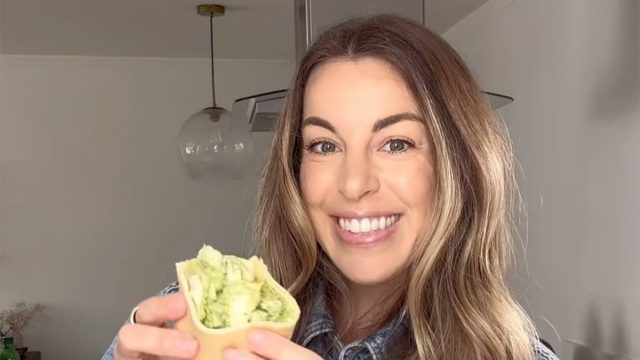10 Protein Tips to Help You Lose Weight, According to Nutritionist Danni Patton
You don't have to starve yourself thin! While many people believe the key to losing weight is severely restricting your diet and eating a lot less than you are used to, it has more to do with what you eat. And you might not be eating enough to burn fat. Danni Patton, AKA the Macro Coach, is a nutritionist and social media influencer who regularly shares helpful weight loss tips with her large following after personally losing a lot of weight and transforming her body. In a recent post, she revealed some extremely helpful tips on how to amp up your protein intake to lose more body fat.
How to Burn More Fat
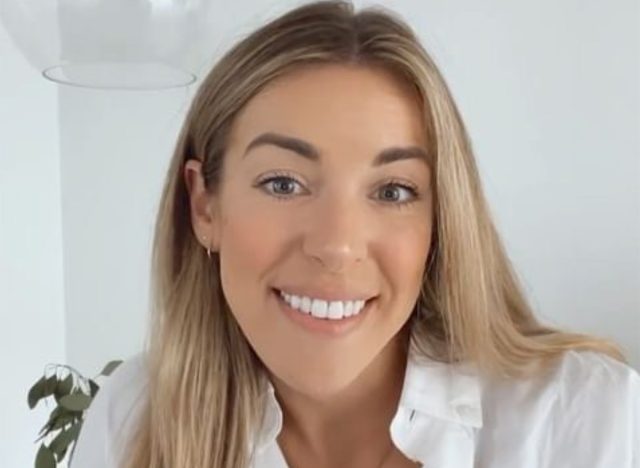
"Did you know that protein burns more calories through the digestive process than carbs + fats? On top of that, eating the *right* amount of protein for you can aid in smoother fat loss, hormone regulation, appetite regulation, energy levels and build/preserve muscle mass," she reveals in the post. She adds that simply by focusing your meals "around this one macronutrient," you can burn more fat. "Here are a few ways to get in more protein in your meals," she says.
Meal Planning
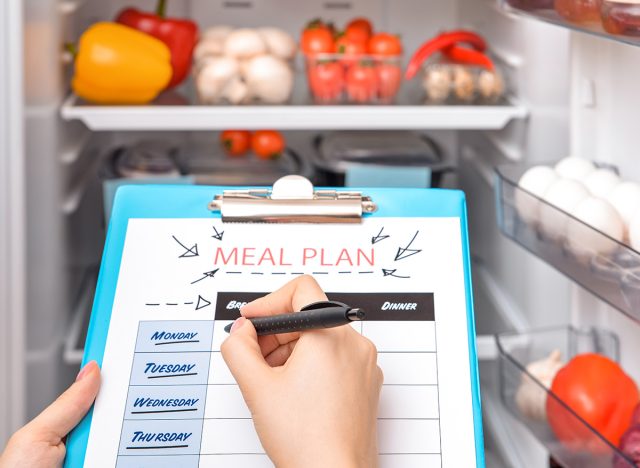
Dannis is an advocate of meal planning. "Pre-plan your day in a food tracking app and build your meals around the protein source," she writes, adding that this is the "easiest way to understand how to add protein to your meals."
Swap Out Your Flour Pasta

Eating more protein doesn't mean cutting out your favorite meals. However, Dannis recommends protein-packed swaps. "Buy chickpea/lentil/black bean type pastas for added protein in your spaghetti with meatballs," she writes, noting that you will get an extra 12 to 20g of protein," per meal.
Add Protein to Your Breakfast
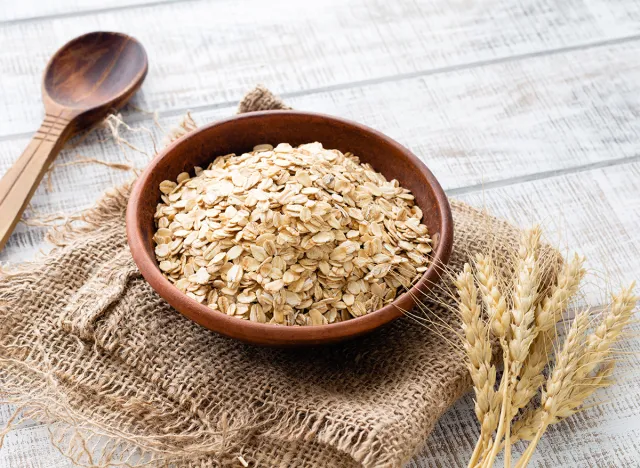
Next, she suggests slightly modifying your breakfast. "Add in protein powder to Greek yogurt, oatmeal or chia pudding," she suggests, noting that it will reap you an extra 18 to 20 grams of protein."
Add Lean Ground Meat to Meals
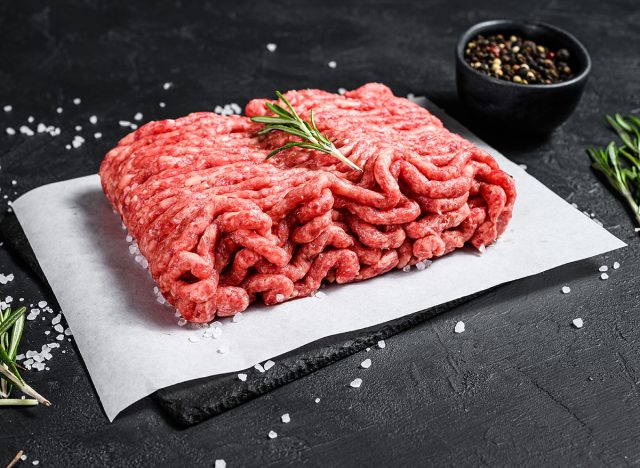
She also recommends beefing up your meals. "Sneak in lean ground meats to pastas, bowls, and stir fry's," she says. This can add an extra 25 to 40 grams of protein.
Collagen Powder

"Add collagen powder to your morning cup," Dannis suggests. "I count ONE serving towards protein." This adds an extra 10 to 20 grams of protein, she notes.
Related: 15 Quick Ways to Lose Body Fat Percentage in a Week
Simmer Rice with Bone Broth
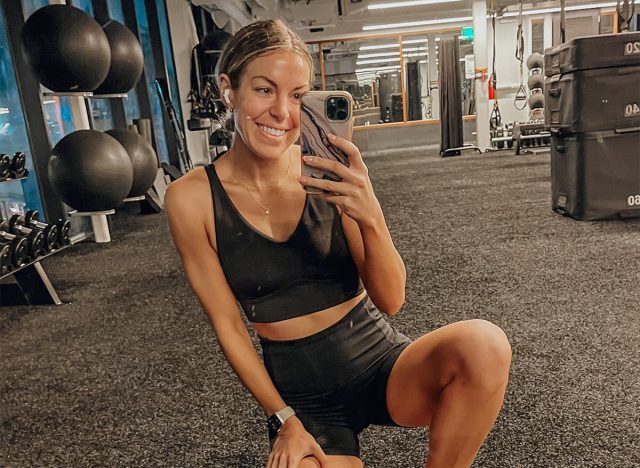
How you cook your rice can add an extra 10 to 20 grams of protein. "Make your rice with bone broth instead of rice," she says.
Drink Bone Broth
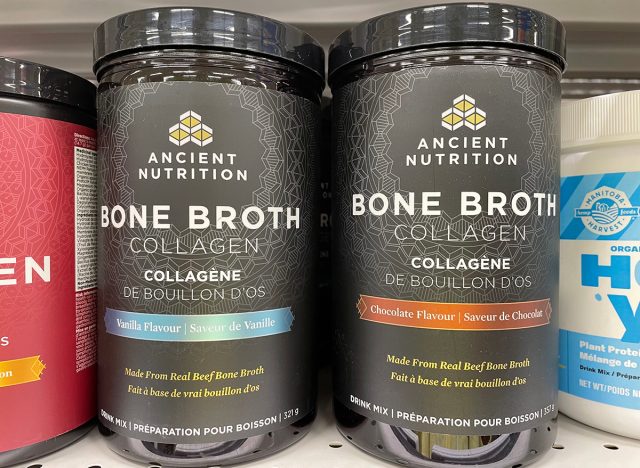
"Drink a cup of warm bone broth," she continues. She maintains that just one cup adds an extra 10 to 20 grams of protein.
Add Cottage Cheese to Pasta Sauce

Another pasta hack to add 10 to 20 grams of protein? "Add cottage cheese to pasta sauce, blend and make a creamy low-fat, high protein sauce," she recommends.
Swap Greek Yogurt for Sour Cream
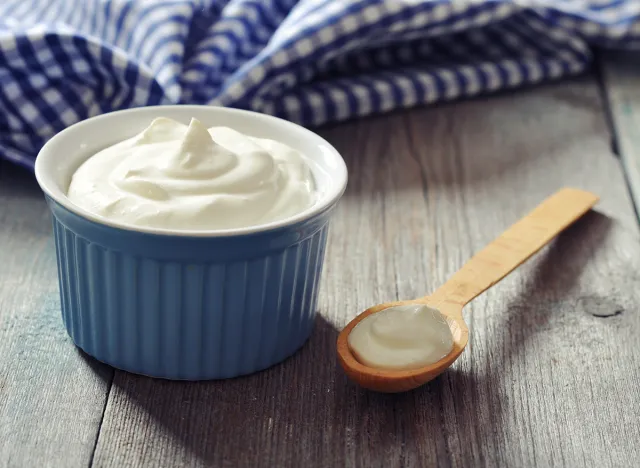
Here's another hack for an extra eight to 15 grams of protein: "Swap Greek yogurt for sour cream," she urges.
Swap Greek Yogurt Cream Cheese for Regular Cream Cheese

Are you a fan of cream cheese? Add an extra 10 grams of protein. "Use a Greek yogurt cream cheese instead of regular cream cheese," she says.
Add a Little Protein Each Week
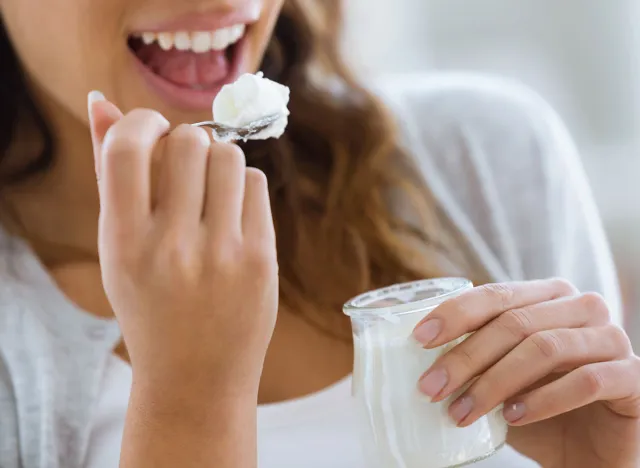
"Remember, you don't have to go from 0-100!" Danni reminds. "Start by adding a little each week until you get more comfortable with your protein choices!!"
RELATED: 11 Ways to Eat For Your Best Body After 40
Add a Little Protein Each Week

Danni's recommendations are research-backed. Studies confirm that consuming more protein than the recommended dietary allowance not only reduces body weight (BW), but also enhances body composition by decreasing fat mass while preserving fat-free mass (FFM) in both low-calorie and standard-calorie diets.
💪🔥Body Booster: If you want to lose weight, focus on adding protein to your meals instead of seriously restricting yourself.
